It’s a sorry day in Australia today, and not just for the recent bushfire devastation. GM has delivered the final coup de grace to its Holden brand, announcing that it’ll be “retired” from 2021. A brand once optimistically branded as “Australia’s Own” that commanded well over 50% of all Australian car sales will soon be no more.
It’s the end of an extraordinary saga of mostly post-war success: in 1931 GM bought a former saddler and coachbuilder called JA Holden and turned it to making fully built cars from many sources — Chrysler, Willys, Hillman, Humber and Morris among them.
After the war, it turned initially to making only GM group cars (Vauxhalls as well as Chevrolets and Pontiacs), but the combined demands of independent-minded ex-servicemen and a government desperate to expand its car industry led to the launch of the first Holden-branded car (and van and pick-up truck) in 1948.
The car, retrospectively called the FX and rightly believed by eager buyers to be packed with unique Australian durability engineering to help it survive bush roads and bush drivers (although it was actually based on a discarded proposal for a small Chevy) was succeeded by a long line of tough, uncomplicated models that always echoed the GM styling mores of the time, gradually accompanied in the showrooms by Holden-badged Japanese and Korean models.
By the 1980s, Holden (and Ford and Chrysler, who had also set up indigenous Aussie operations) were struggling against the importers, whose advanced cars and modern manufacturing made their cars better propositions. In 2013 GM announced that it would stop making Holdens in Australia in 2017, importing selected models instead, which would make all right with the world. But it wasn’t. When Holden regularly started falling out of the nation’s top 10 sellers’ list, the writing was on the wall.
Of course, the marque won’t be forgotten. For decades its no-nonsense strength was a metaphor for Australians’ view of themselves and that’s not going away. Older Holdens in good order command remarkably high prices even though, unlike your own Jaguar, the demand emanates from only one country.
Especially greatly missed will be the Holden utility, or ute, the car-based pick-up which became a lightweight, no-frills, even sporty option for a while, especially when you could get it option it with a small-block GM V8, decent brakes and a slippery differential, painted in loud colours, with stripes.
Apart from the nostalgia (the first road test car I ever borrowed was a 1973 5.0-litre V8 Holden HQ GTS saloon in yellow, with black stripes), it’s hard to regret the passing of Holden. Really, it comes at the right time. Few of us who knew them in their heyday could ever visualise a full-house Holden as a BEV or a plug-in hybrid. Wouldn’t suit the image, mate.
READ MORE
GM to axe Australia's Holden brand

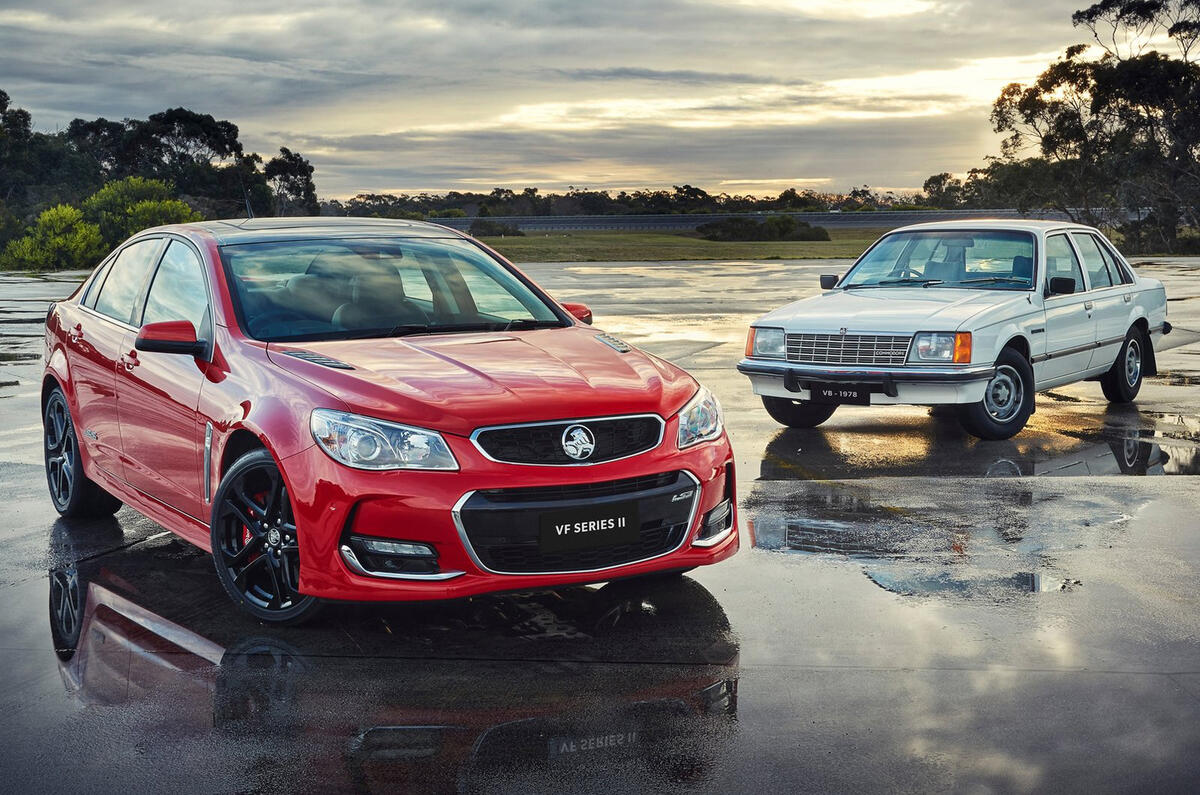

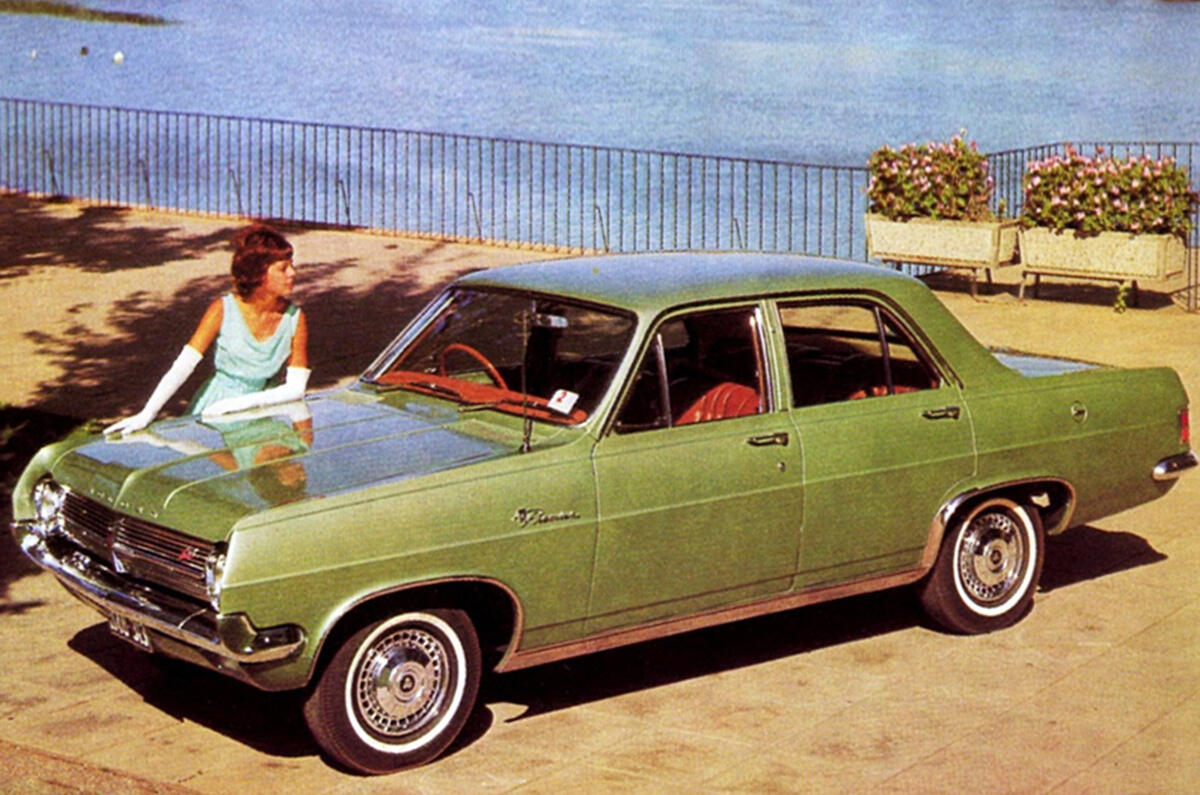
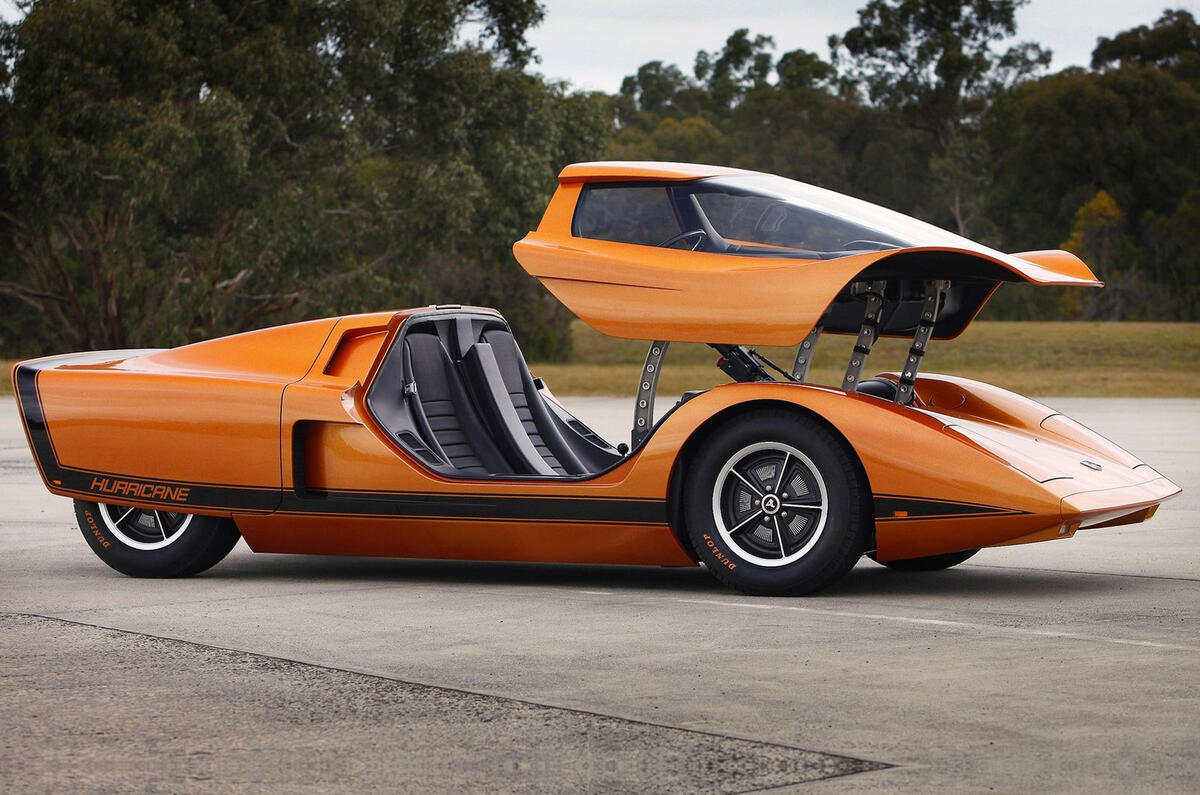



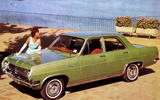
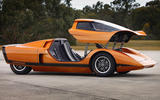



Join the debate
Add your comment
Cropley, shut your fat mouth
It's hard to regret their passing? Except it was an Australian icon and a lot of people are now out of work due to GM's incompetence? How out of touch you have to be to write such sociopathic bull s h i t. Cropley, please, kindly go F K yourself.
Wow
Why? For having empathy for
Shame
I'm convinced the Holden Utes
I'm convinced the Holden Utes would have sold well in the UK (especially as VAT would have been recoverable for companies). Ford did reasonably well with the P100 made in South Africa and based on the Cortina, and later the Sierra. But GM didn't have the bottle or resources to do it. - perhaps the projected number of sales simply didn't justify it.